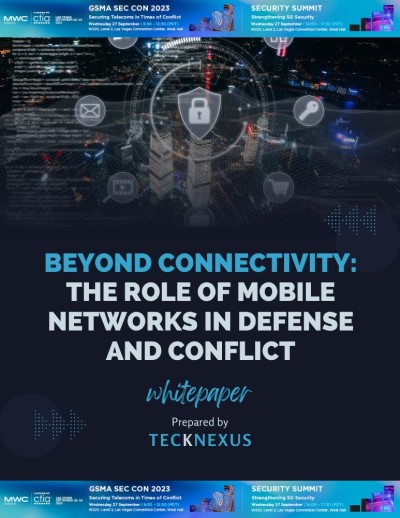The gaming industry is on the brink of a seismic shift. For decades, game development has been a high-stakes gamble – slow, costly, and wildly unpredictable, with flops greatly outnumbering hits. Now, Sierra Artificial Neural Networks, LLC (Sierra ANN) is ending that uncertainty. The company is pioneering a suite of proprietary AI-powered solutions that touch every phase of game development. By harnessing the power of Artificial Intelligence (AI) and Machine Learning (ML), Sierra ANN is turning guesswork into precision, intuition into data science, and failure into consistently stronger success rates.
Why Game Developers Must Embrace AI to Stay Competitive
The gaming industry’s shifting market share reflects its volatility and relentless competition. Once the dominant force, IGT has been overtaken by Aristocrat and is now merging with Everi in a bid to regain momentum. Light & Wonder holds steady, while Konami searches for its next breakout hit. Incredible Technologies and Ainsworth strive for broader relevance, and AGS aims to recreate the success of Rakin’ Bacon. Even operator giants like Caesars and MGM are now exploring the development of proprietary content to maintain their edge. The bottom line: the industry is evolving, and AI will be the catalyst for change.
With shrinking casino floor space and oversaturated online platforms, game manufacturers can no longer rely on subjective, outdated, trial-and-error approaches. AI gives every game a greater chance of success, before the first reel ever spins.
Game Development Today: High Failure Rates and High Costs
For years, most game manufacturers have faced a brutal truth: three out of four games fail. Millions of dollars and years of effort are poured into game development, only for most titles to be abandoned, either scrapped before launch or pulled from floors and platforms. Developers are left chasing the next hit with little more than gut instinct and hope.
But what if success was no longer a matter of luck?
How AI Predicts and Improves Game Success Before Launch
AI eliminates the guesswork. For the first time, game success can be predicted – and optimized – before a title ever hits the market. AI can analyze every aspect of game performance, past and present, to understand exactly what works and why. The result is a knowledge base that no human could ever compile or comprehend.
It’s tempting to blame a failed game on a few obvious missteps – a weak theme, poor math, or clunky mechanics. And sometimes, that’s true. But in many, if not most cases, failure results from a convergence of dozens of subtle design decisions. These micro-failures, each insignificant on their own, collectively erode player engagement on a subliminal level.
AI-driven game development systems account for these interactions and automate the entire creation process, yielding new games with far greater chances of success. Key applications and solutions include:
- Game Analytics – AI identifies what drives success – or failure – by analyzing performance data, code, videos, and even biometrics. It begins with minimal input and sharpens its insights down to the pixel as more data flows in.
- Game Graphics – From princesses to turtles, red-and-gold to muted greens, AI determines what visual elements captivate players. It produces high-resolution, production-ready graphics in minutes, not months.
- Animation & Motion Capture – AI auto-generates 3D models and lifelike animations from simple images or videos, slashing production time and costs.
- Game Math & Balancing – AI optimizes volatility, payout curves, and retention profiles, dramatically reducing the time and expertise required to perfect the math.
- Programming & Code Optimization – AI writes clean, efficient code, eliminating bugs and bottlenecks. No more typos, misplaced semicolons, or broken logic – just fast, streamlined development.
- Sound Effects & Music – AI tailors sound effects to match gameplay moments, amplifying excitement through perfectly timed win sounds and tension-building audio cues.
- Testing & Certification – AI automates QA and compliance with unprecedented accuracy, accelerating lab approval and targeting zero respins or recalls.
AI’s ROI: Doubling Game Success While Cutting Costs by 50%
AI doesn’t just enhance development, it transforms it. Even at modest learning thresholds:
- Labor costs can drop by more than 50%
- Game success rates can double
- Overall development becomes 4x more cost-effective
As AI continues to refine its models and absorb more training data, R&D costs will continue to fall, success rates will climb, and market share will increase.
Why AI-Driven Game Development Is the Industry’s Next Big Leap
The gaming industry has reinvented itself many times – from hand-drawn art to Photoshop, from mechanical reels to virtual reels, from coin-based machines to TITO and cashless systems. But AI represents the most transformative leap yet – and it’s already underway.
This isn’t just evolution. It’s a reinvention. Studios using AI will deliver better games, faster and cheaper, with dramatically higher performance and fewer failures. While AI in game development may still be in its infancy, it is advancing at an extraordinary pace – and its full impact is just beginning to unfold.
Studios that ignore the rise of AI-driven game development won’t just fall behind, they will face accelerated decline and eventual extinction in an industry that rewards innovation and punishes stagnation.
About Sierra Artificial Neural Networks (Sierra ANN)
Media Contact: Founded in 2018, Sierra ANN develops specialized AI systems including transforming the gaming industry with proprietary AI-driven game development solutions. To learn more, please visit www.SierraAnn.ai. To receive a FREE copy of our full white paper, please send an email request to info@SierraAnn.ai.



























